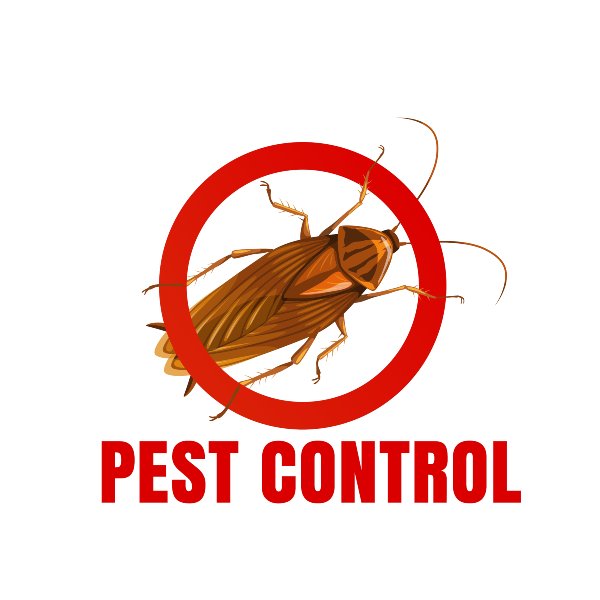Reliable A1 Bed Bug Treatment in Charlotte - Safe and Proven Techniques
Bed Insect Therapy Break Down: Comparing Chemical Vs. Non-Chemical Solutions
In the world of parasite control, specifically when managing the persistent issue of bed insects, the choice in between chemical and non-chemical treatment solutions can be a crucial one. Both strategies use unique advantages and drawbacks, influencing aspects such as efficiency, security considerations, and general expense. By examining the nuanced details of each method, a more clear understanding of which path to go after in dealing with a bed insect infestation can be acquired.
Performance of Chemical Therapies
Chemical therapies for bed bug problems have actually been widely identified for their potent and fast efficiency in removing these pests. When taking into consideration the efficiency of chemical treatments, it is important to recognize that they can offer a detailed and quick option to a bed insect issue. Expert pest control operators frequently depend on pesticides to target bed insects at different stages of their life process, consisting of grownups, eggs, and fairies. These chemicals typically function by disrupting the bed insects' worried system, resulting in paralysis and eventual fatality.
Furthermore, chemical therapies have the benefit of supplying residual effects, suggesting that they can continue to get rid of bed bugs even after the first application. This residual action is specifically helpful in combating any type of potential re-infestations. Furthermore, the fast action of chemical therapies can bring alleviation to people encountering extreme bed pest infestations, permitting them to regain control of their living spaces rapidly.
Safety Worry About Chemical Solutions
One crucial element that requires careful factor to consider when making use of chemical remedies for bed insect treatment is making certain the safety of occupants and the environment. Direct exposure to particular chemicals utilized in bed insect treatments can lead to respiratory system problems, skin irritation, or other negative reactions, especially in individuals with pre-existing problems or level of sensitivities.
In addition, the ecological influence of chemical services is one more substantial factor to consider. Some pesticides used in bed bug therapies may be damaging to useful bugs, wildlife, and ecological communities if they leach right into the soil or water systems. It is necessary to use chemical treatments sensibly, adhering to safety and security guidelines, and thinking about much less hazardous options to mitigate these risks and guarantee the effective and safe monitoring of bed pest infestations.
Advantages of Non-Chemical Strategies
Thinking about the possible safety issues and ecological impact related to chemical solutions for bed pest therapy, exploring non-chemical strategies provides a promising choice with numerous distinctive advantages. Non-chemical techniques supply a safer choice for families, specifically read this those with animals, individuals, or kids delicate to severe chemicals. These approaches eliminate the dangers of exposure to hazardous substances, you can try this out reducing the possibility for adverse wellness impacts. Moreover, non-chemical therapies are eco friendly, as they do not add to air or water contamination, making them a sustainable choice for bug control.
In addition, non-chemical options can be effective in targeting bed pests, including hard-to-reach locations where chemical therapies might not penetrate - A1 exterminator charlotte nc. Techniques such as warmth therapy, vacuuming, heavy steam cleaning, and cushion encasements supply comprehensive obliteration without the usage of hazardous chemicals.
Limitations of Non-Chemical Treatments

Additionally, non-chemical treatments often call for several applications to achieve successful eradication. This can be lengthy and may not constantly assure full elimination of all bed pests and their eggs, particularly in hard-to-reach or covert locations.
Furthermore, the success of non-chemical treatments greatly relies on correct implementation and thoroughness, which can be challenging for people without professional proficiency. Insufficient application of non-chemical approaches may lead to insufficient removal, resulting in relentless problems and the need for additional treatments.
Therefore, while non-chemical treatments have their benefits, it is important to recognize these constraints and consider them when establishing the most reliable strategy for handling bed pest problems.
Price Contrast: Chemical Vs. Non-Chemical Options
Given the constraints connected with non-chemical therapies, a necessary facet to examine in the context of bed pest management is the cost contrast in between chemical and non-chemical alternatives. pest control franchise In comparison, non-chemical treatments like warm therapy or heavy steam can be extra expensive, with prices ranging from $1,000 to $6,000 for an entire home. While the preliminary expense of chemical therapies may seem reduced, numerous treatments might be required to fully eliminate the infestation, potentially increasing the total price.
Verdict

Considering the possible safety worries and ecological influence linked with chemical remedies for bed pest therapy, exploring non-chemical methods provides a promising choice with numerous distinctive benefits.Offered the limitations linked with non-chemical treatments, an essential element to examine in the context of bed insect management is the price comparison between chemical and non-chemical options. In contrast, non-chemical therapies like heat therapy or heavy steam can be extra costly, with prices ranging from $1,000 to $6,000 for an entire home. While the first cost of chemical treatments may seem lower, several therapies might be needed to totally remove the problem, potentially increasing the overall price.In verdict, when comparing chemical and non-chemical bed insect treatment options, it is crucial to think about effectiveness, security, benefits, constraints, and cost.